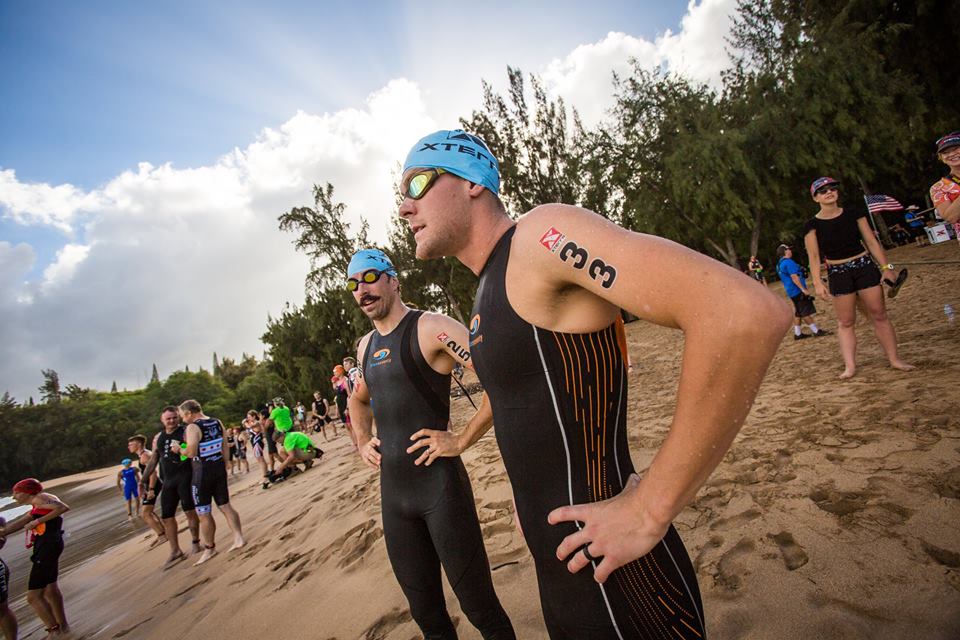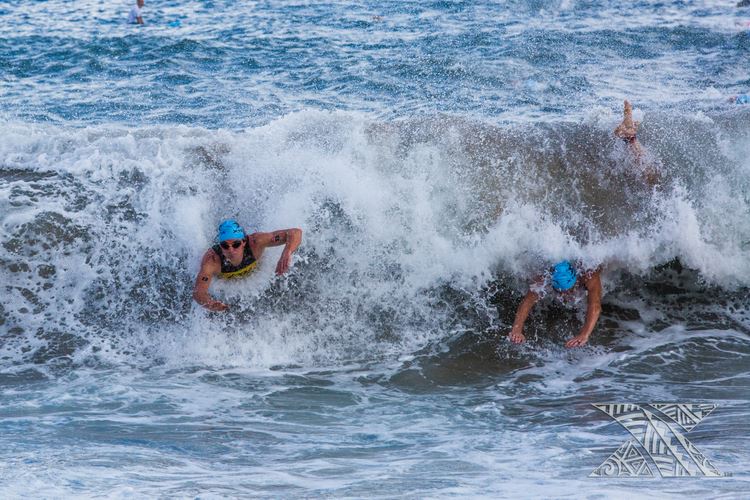Karsten Madsen’s tips to plan your own training camp
The Xterra athlete gives advice for athletes looking to design a training camp that will help them target their weaknesses in time for their A race.

It’s that time of year when triathletes are finalizing their race calendars and are dialling in their plans to be successful in their A race. During winter, especially in Canada where outdoor training gets all but shut down for a few months, training camps offer the chance to mix things up and do some distraction-free training in a better climate. There are tons of triathlon training camps offered by various groups. What I’ve found beneficial as a pro is looking at the options out there and adapting them to meet my personal needs. Here are some things to consider when planning a training camp week.
Plan to tackle your weaknesses
My last race of the year was the Xterra World Championships — it was also my A race of the year. I discovered I had three major weaknesses. These are areas that many triathletes — especially Canadians — will share.
Ocean swimming proved a major challenge for me last year at the Xterra World Championships where I wasn’t as prepared for the rough water conditions as I should have been. I simply wasn’t able to mimic the conditions in training last year in the pool or a local open water swimming spot.
Last season I also recognized I had a weakness when it comes to long sustained steep climbing. In many races this is where other guys are able to pull time back from me.
My third weakness is performing well in high heat with humidity. I tend to sweat very high sodium so if I’m not bang on my nutrition I can suffer badly. This is a common issue for many triathletes who trains in Canada year-round and then choose a warm destination race or race on the hottest day of the summer.
Maximize the facilities available
I wanted to find a training camp location that would allow me to tackle all my weaknesses during the duration of my stay. I wanted somewhere that would get me out of my comfort zone and provide multiple challenges. I started looking into options and realized that I train with two guys in Guelph who live in Barbados. They always talk about how its great ocean swimming with large waves, and how the riding has some crazy steep hills upwards of 30% in some places. Its also hot and humid for a Canadian lad. With Barbados, I crossed off my three weaknesses in one place.
Be sure to find an area that offers the best range of facilities to help you achieve your goals. I looked for an area with easy access to the beach for open water swimming, access to safe roads for riding (and lots of hills) and a gym nearby so I could get my regular strength work in. Look at additional factors like trails for running, healthy supermarkets near by and proximity to the airport.
I was lucky to have my training partners Matthew Wright and Jason Wilson to help me with these logistics but if you don’t know anyone in the area there are other resources you can use. Get in contact with local cycling, swimming, and run clubs. They’re usually very happy to help you out. In the unlikely event there are no clubs in the area, use apps like Strava and MapMyRide to figure out the best and most-tested training routes.
Conclusion
Once you’ve determined your A race and the main things you’ll need to work on to achieve your goal in that race, you can start designing the perfect training camp. From there find a location that will allow you to work on your specific weaknesses and will give you good preparation for the climate of your race. Canada can be a difficult place to train from January to March so if you have the availability, go do a training camp. There are many coaching companies that host camps however I would encourage you to think outside the box and design one that is specific to your needs.

